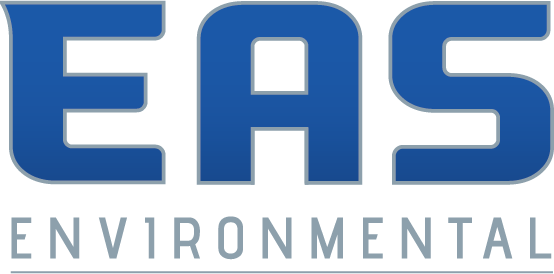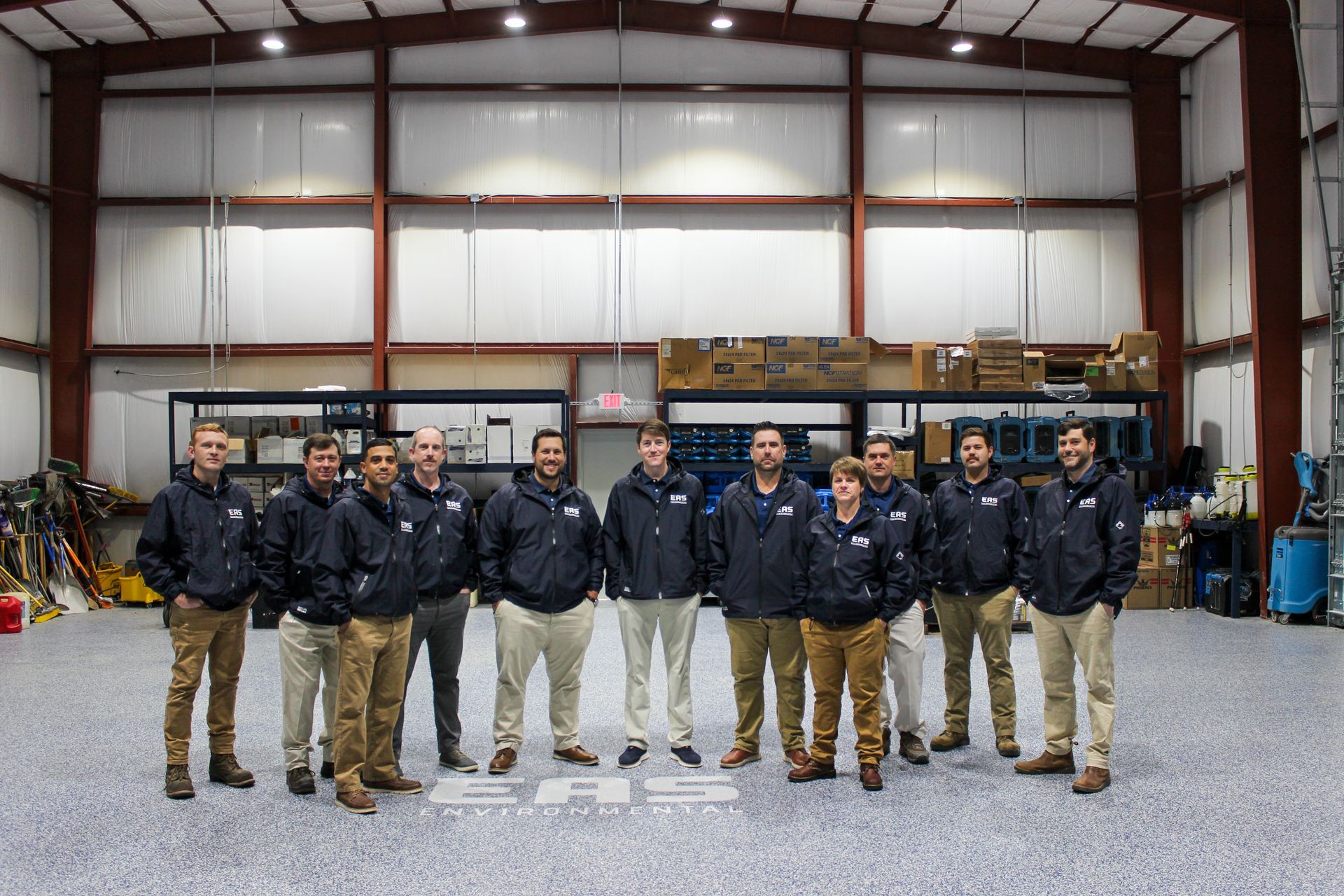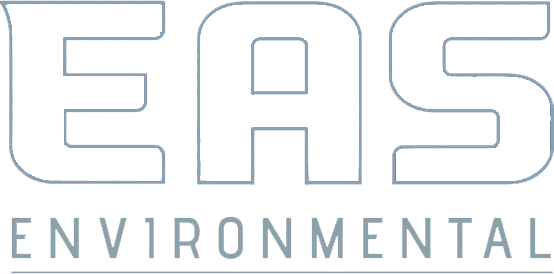
Welcome to our informative blog post that delves into a critical aspect of home maintenance: "Signs Your Crawl Space Needs Moisture Control: A Comprehensive Guide." Your crawl space plays a pivotal role in the overall health and stability of your home, and excess moisture can lead to a range of problems, from mold growth to structural damage. In this guide, we'll equip you with valuable insights into recognizing the signs that your crawl space requires moisture control measures, ensuring a proactive approach to maintaining a dry and resilient living environment.
Visible Mold Growth
The presence of visible mold growth is a clear indicator that your crawl space is in need of moisture control. In this blog post, we'll explore how the appearance of mold in your crawl space serves as a significant sign of excess moisture and why addressing this issue promptly is essential for the health of your home.
Understanding Mold Growth
Mold thrives in damp and humid environments, making crawl spaces particularly susceptible to its growth. When excess moisture is present, mold spores find ideal conditions to multiply and colonize surfaces. If you notice patches of mold on the walls, floor, or other crawl space surfaces, it's a telltale sign that moisture levels are too high. Ignoring mold growth can lead to more extensive infestations, structural damage, and potential health risks for you and your family.
Prompt Action for Mold Remediation
Seeing visible mold growth is a clear call to action. To effectively address this issue, it's important to not only remove the existing mold but also to identify and eliminate the source of excess moisture. This might involve improving ventilation, installing moisture barriers, or implementing drainage systems. By taking immediate steps to control moisture and eradicate mold, you can
prevent further damage to your crawl space and ensure a healthier living environment for everyone in your home.
Musty Odors: How Dampness in the Crawl Space Affects Indoor Air Quality
Musty odors wafting from your crawl space can be a strong indication of dampness and excess moisture that requires attention. In this blog post, we'll delve into how these musty odors are linked to the damp environment in your crawl space and explore the potential impact on your indoor air quality.
Understanding the Connection
Musty odors are often the result of mold and mildew growth in damp or humid conditions. When your crawl space becomes excessively moist, it creates an environment where mold spores thrive and release volatile organic compounds (VOCs) responsible for the characteristic musty smell. These odors can find their way into your living spaces through gaps and openings, affecting the overall indoor air quality of your home.
Impact on Indoor Air Quality
The connection between musty odors and indoor air quality is significant. Inhaling the VOCs emitted by mold and mildew can lead to respiratory issues, allergies, and other health concerns. Moreover, these odors can diminish the comfort and well-being of your living spaces. Addressing the dampness and excess moisture in your crawl space not only eliminates the source of the musty odors but also contributes to improved indoor air quality and a healthier living environment for you and your family.
Warped Wood and Rot
Warped wood and rotting materials within your crawl space are clear indicators of excessive moisture and poor ventilation. In this blog post, we'll explore how the presence of warped wood and rot can be a direct result of unchecked moisture levels and delve into the potential consequences for your home's structural integrity.
Moisture's Impact on Wood
Excess moisture in a crawl space can lead to the warping, buckling, and decay of wooden materials. Wood is highly sensitive to changes in moisture levels, and when consistently exposed to damp conditions, it absorbs water, swells, and eventually warps. This warping can compromise the structural integrity of your home, leading to issues like sloping floors, misaligned doors, and even problems with your home's foundation. Additionally, damp wood is a prime breeding ground for wood-destroying organisms like fungi and termites, which contribute to wood rot and further deterioration.
Consequences for Your Home
Warped wood and wood rot are not only unsightly but also pose serious risks to your home's stability. As wooden support beams and structures weaken due to moisture-related issues, the overall structure of your home can be compromised. This can lead to costly repairs and even safety hazards for occupants. Addressing the root cause of excess moisture through proper ventilation, moisture barriers, and drainage solutions is essential to preventing further damage and ensuring the longevity of your home's structural components.
FAQs
-
What are the common signs that my crawl space needs moisture control?
Common signs include visible mold growth, musty odors, warped wood, and structural decay. Additionally, increased humidity levels, condensation, and heightened energy bills can all be indications of excess moisture in your crawl space.
-
Why is addressing excess moisture in the crawl space important?
Excess moisture can lead to a range of problems, from mold growth and wood rot to compromised indoor air quality and structural instability. Ignoring moisture issues can result in costly repairs and potential health risks for occupants.
-
Can I manage crawl space moisture control on my own?
Basic maintenance tasks like improving ventilation and keeping the area clean can be done by homeowners. However, more complex solutions like installing moisture barriers, drainage systems, or encapsulation are often best left to professionals due to their technical nature.
-
How can musty odors affect indoor air quality?
Musty odors are often associated with mold growth and the release of volatile organic compounds (VOCs). Inhaling these compounds can lead to respiratory issues and allergies, impacting the overall indoor air quality of your home.
-
Is there a connection between warped wood and moisture issues?
Yes, warped wood is often a result of excessive moisture. Wood absorbs water and swells in damp conditions, leading to warping and buckling. Additionally, damp wood is susceptible to rot and infestations by wood-destroying organisms like fungi and termites, which further compromise the integrity of your home's structure.
Contact EAS Environmental Today!
EAS Environmental will do everything we can to ensure your experience with us is excellent.
Request A FREE Estimate
Request a Free Estimate Form
We will get back to you as soon as possible.
Please try again later.
Checkout Recent Post
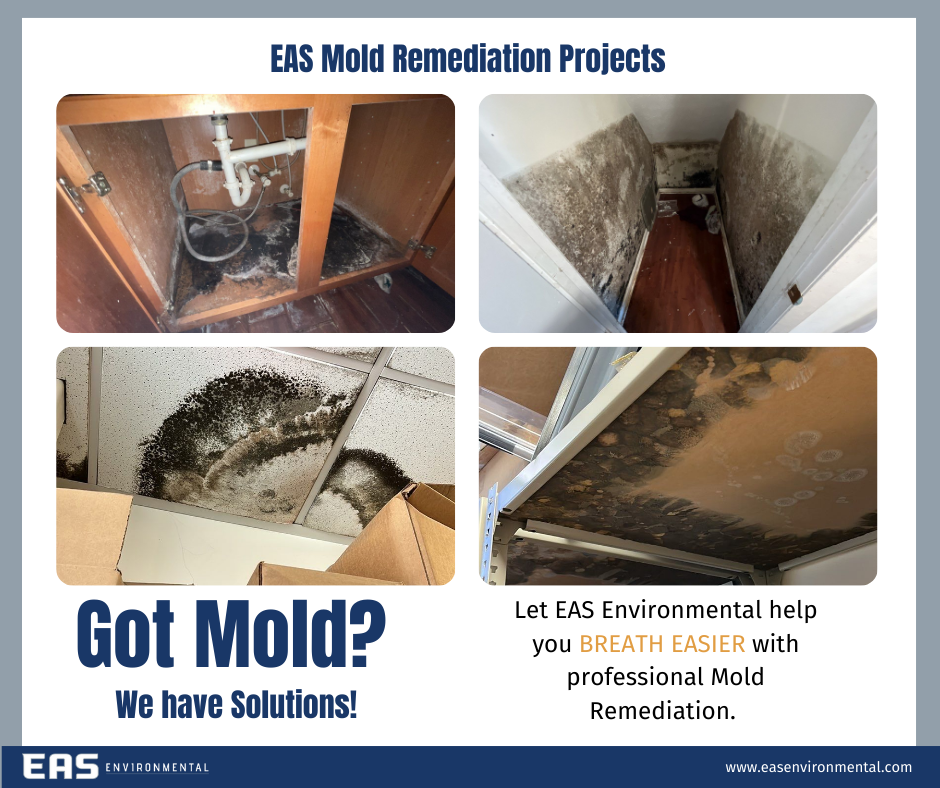
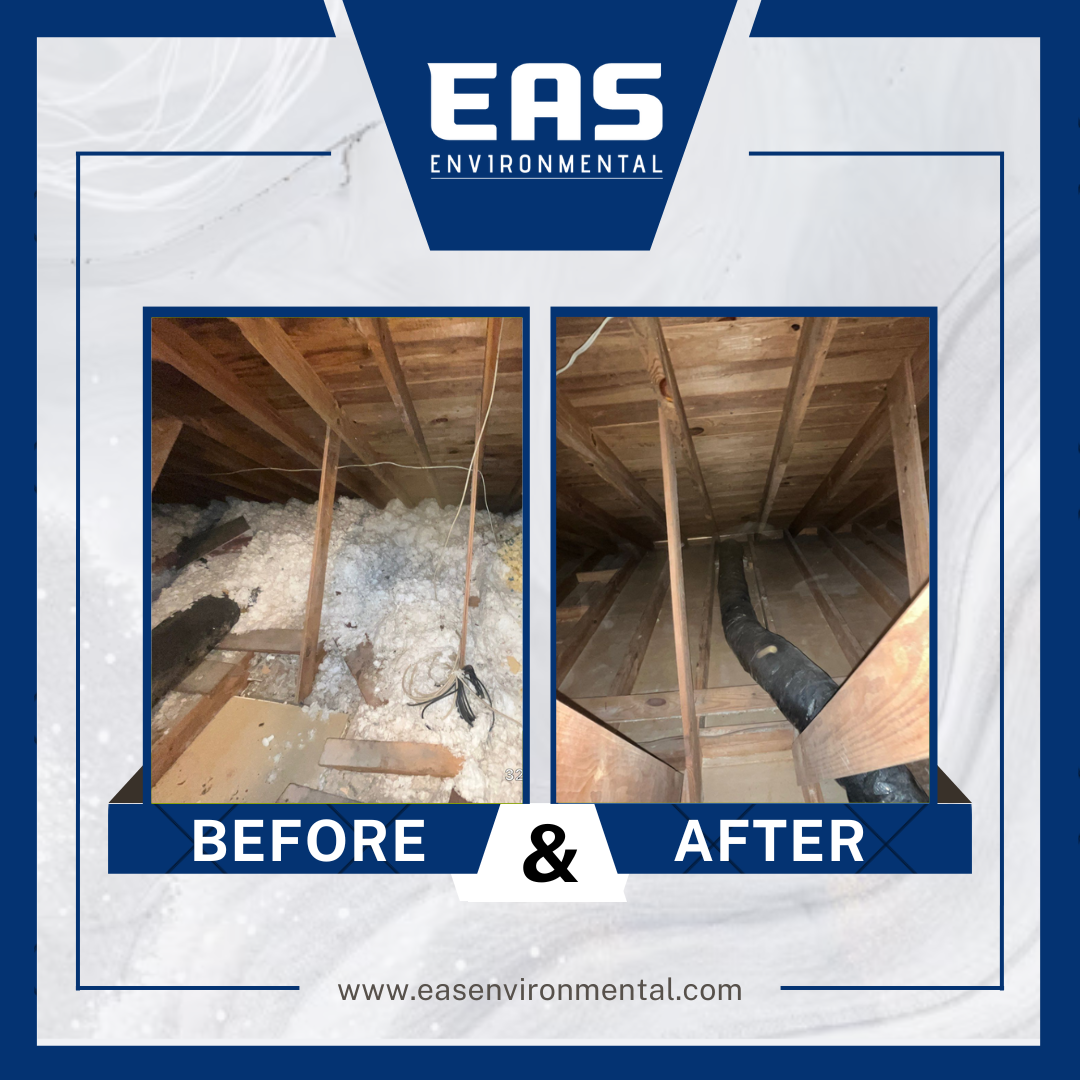

Got a Question? We’re Here to Help.
You can arrange an appointment or make an enquiry by phone or email, orget in touch to us via our contact form.
EAS Environmental is a specialty asbestos and lead abatement and demolition company that service the state of South Carolina.
CONTACT INFORMATION
Phone: 843-977-3273
Email: sturner@easenvironmental.com
Address: 125 Bud Lane Ladson, SC 29486
All Rights Reserved | EAS Environment
Privacy Policy | Terms & Conditions | Sitemap
